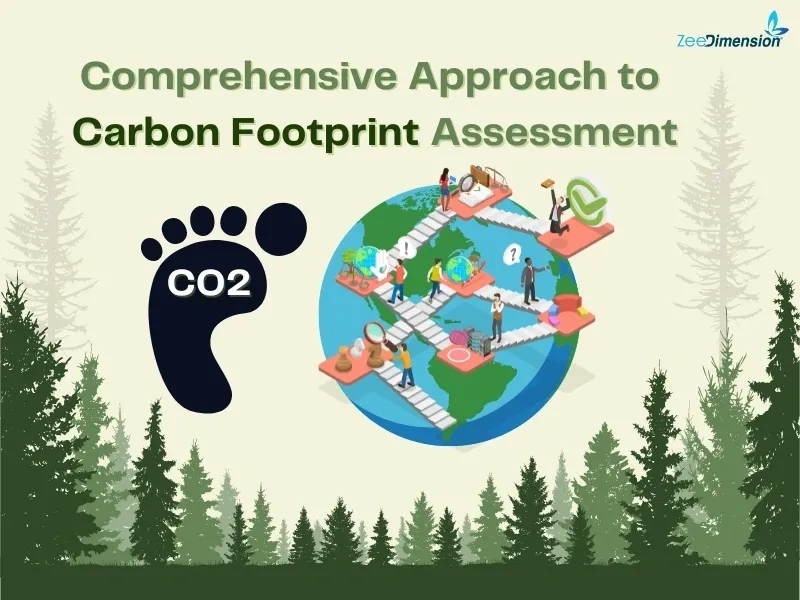
In an era where sustainability is paramount, reducing carbon footprints is a top priority for organizations worldwide. Discover a systematic approach to effectively assess and report greenhouse gas (GHG) emissions.
Step 1 – Defining Boundaries
🏢 Definition of Organizational and Operational Boundaries 🏢
Begin by setting the context:
Broad-level analysis of carbon footprint, emissions, energy usage, climate change programs, and regulatory aspects.
Step 2 – Context Setting
🔍 Context Setting 🔍
Start with:
A broad-level analysis of energy and GHG emission systems.
Review energy consumption trends, GHG emission sources, and energy conservation activities.
Step 3 – GHG Diagnostic
🧪 GHG Diagnostic 🧪
Analyze baseline GHG emissions:
Identify and quantify emissions from production and consumption levels.
Focus on Scope 1, 2, and 3 emissions.
Step 4 – Analysis and Reporting
📊 Analysis and Reporting 📊
Conduct a comprehensive GHG assessment:
Finalize total GHG emissions under Scope 1, 2, and 3.
Prepare detailed reports with data collection formats and methodologies.
Step 5 – Defining Boundaries
🔄 Defining Organizational and Operational Boundaries 🔄
Identify emission sources:
Workplace sites, functional activities, power generation units, purchased electricity, heating, combustion emissions, transportation, and waste generation patterns.
Step 6 – Diagnostic and Benchmarking
📈 GHG Diagnostic and Benchmarking 📈
Develop selection criteria:
Based on GHG emission, cost, performance, control measures, working patterns, power procurement modes, facility vintage, size, and future expansion plans.
Collect and analyze site-specific data.
Step 7 – Energy Diagnostic
💡 Energy Diagnostic and Benchmarking 💡
Review power consumption and procurement:
Estimate baseline energy consumption.
Develop facility-specific energy performance benchmarks
Slide 9: Step 8 – Emission Assessment
📝 GHG Emission Assessment 📝
Establish standardized data collection formats:
Cover Scope 1, 2, and 3 emissions.
Calculate the GHG inventory and intensity of operations.
Draft and finalize the GHG emissions report.
Step 9 – Final Report
📃 Final Report Submission 📃
Submit a comprehensive GHG emissions report:
Include detailed accounts of emissions under Scope 1, 2, and 3.
Provide recommendations for GHG emission improvement opportunities.
✅ Conclusion ✅
Embrace sustainability by proactively assessing and reducing your carbon footprint. Collaborate with industry experts to ensure thorough, accurate, and actionable assessments. Align with global standards and continuously improve environmental performance.







